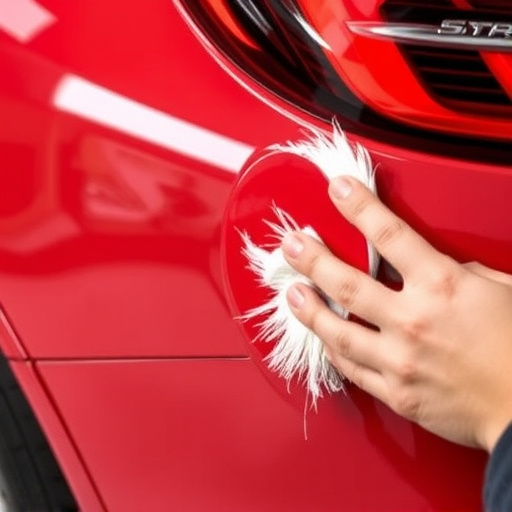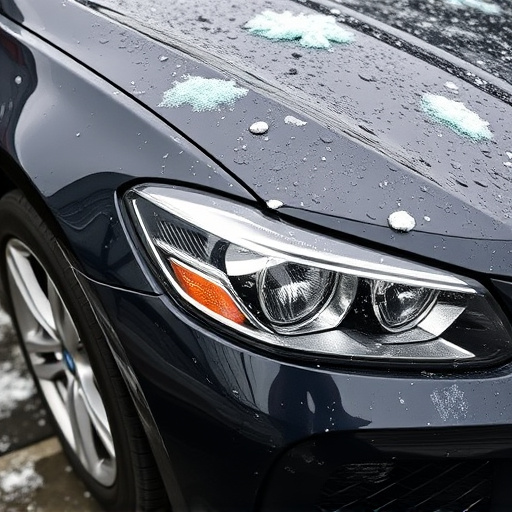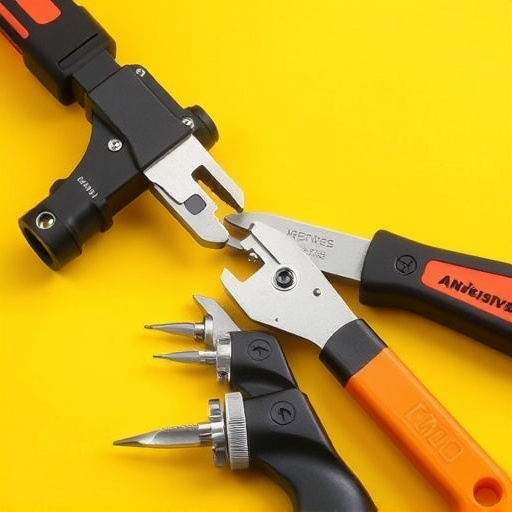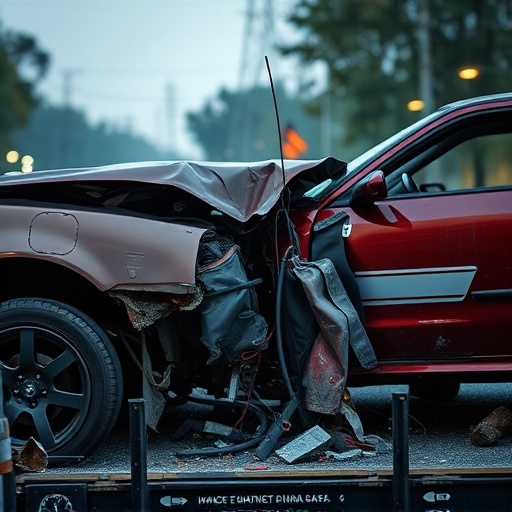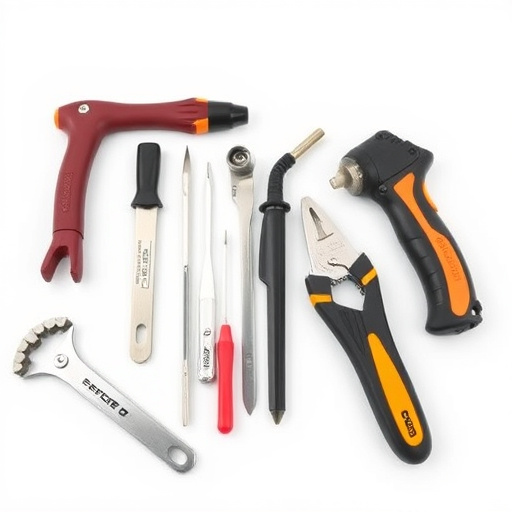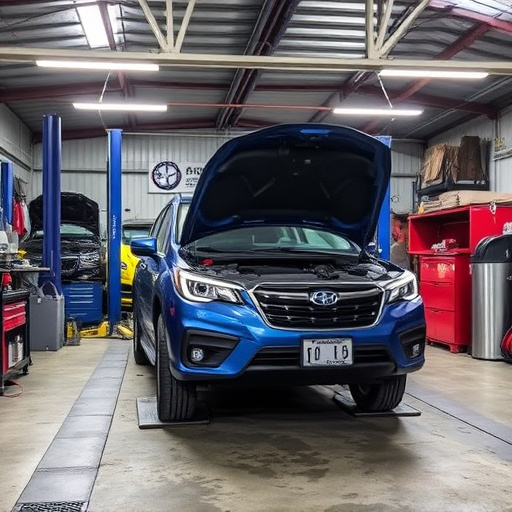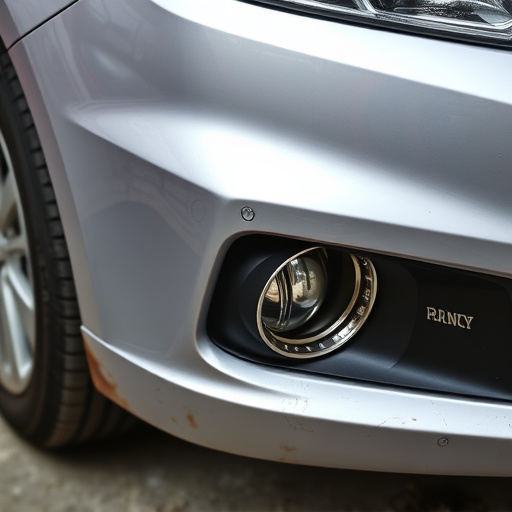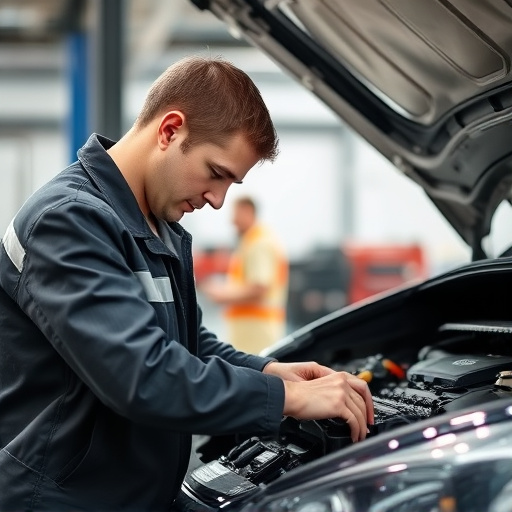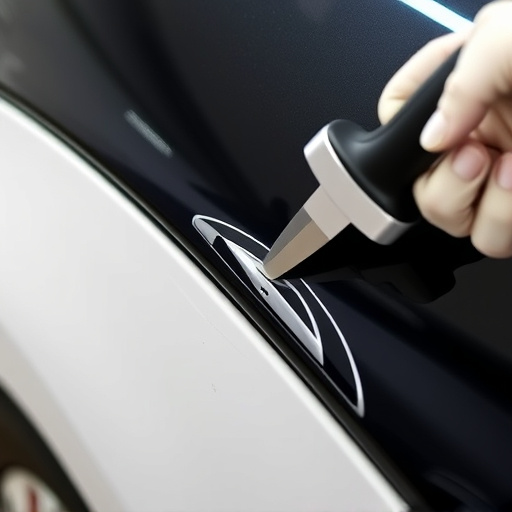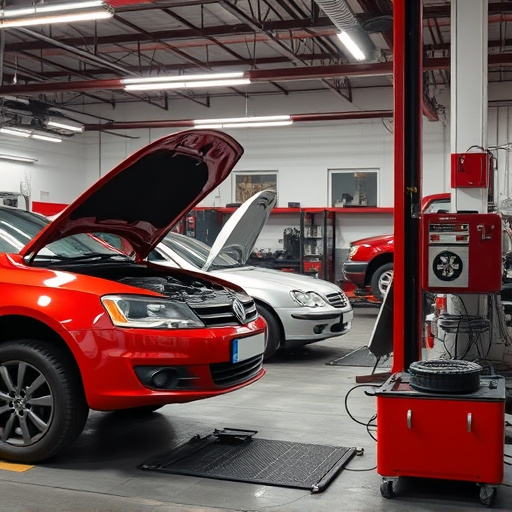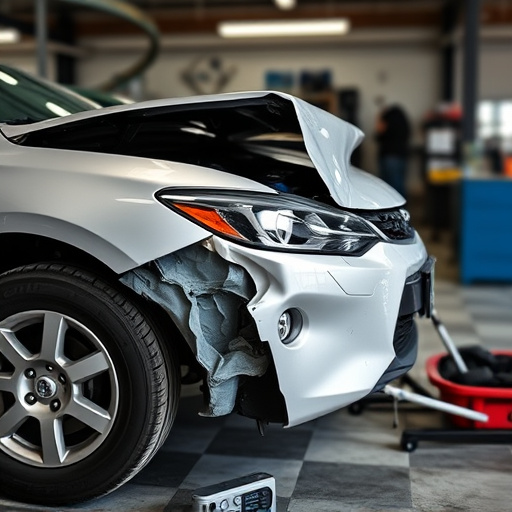Tesla performance calibration is vital after repairs or modifications to maintain optimal power and handling. It involves adjusting engine, transmission, and suspension systems for precise control and enhanced dynamics, ensuring every component works harmoniously for improved acceleration, braking, and overall driving experience. This process is crucial post-complex repairs to address any introduced inaccuracies in vehicle dynamics and handling.
Tesla owners often wonder why a simple repair requires a complex process like Tesla performance calibration. The answer lies in understanding how these vehicles are engineered. When repairs are made, especially to critical systems, the dynamic balance and accuracy of the vehicle’s performance can be affected. A post-repair Tesla performance calibration ensures optimal engine, transmission, and overall driving experience by restoring precision and fine-tuning settings for maximum efficiency and safety.
- Understanding Tesla Performance Calibration Basics
- Impact of Repairs on Vehicle Dynamics and Accuracy
- Benefits and Best Practices for Post-Repair Calibration
Understanding Tesla Performance Calibration Basics
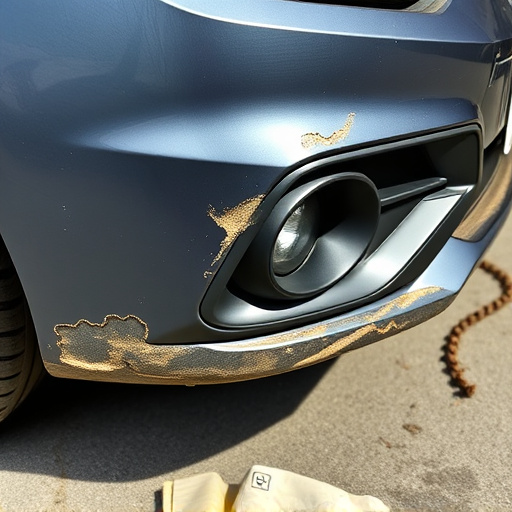
Tesla performance calibration is a crucial process that ensures your vehicle’s power and handling remain optimal after any repairs or modifications. It involves fine-tuning various systems within the car, including the engine, transmission, and suspension, to achieve precise control and enhanced driving dynamics. This is particularly important for Tesla vehicles known for their cutting-edge technology and performance capabilities.
When a vehicle undergoes autobody repairs or collision repair services, even minor adjustments can impact how the car performs. Dent removal might seem like a simple fix, but it could affect the car’s structural integrity and handling. Therefore, Tesla performance calibration is essential to restore and optimize the vehicle’s performance after such incidents. By recalibrating, mechanics ensure that every component works in harmony, resulting in improved acceleration, better braking, and enhanced overall driving experience.
Impact of Repairs on Vehicle Dynamics and Accuracy
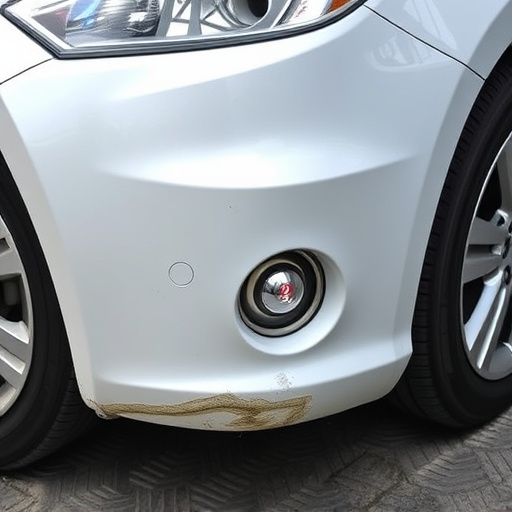
After a Tesla has undergone repairs, especially involving complex systems like suspension or drivetrain components, performing a precise Tesla performance calibration is paramount. While repairs aim to restore a vehicle to its pre-damaged state, they can inadvertently introduce slight inaccuracies into the car’s dynamics and overall performance. This is particularly true in cases of car damage repair or even during the intricacies of a classic car restoration.
Automotive collision repair, while necessary after an accident, might slightly alter the vehicle’s balance due to misaligned parts or slightly different fitting tolerances. These subtle shifts can affect how the Tesla handles and responds to driver inputs—a crucial factor in ensuring optimal performance and safety, especially at high speeds or during dynamic driving conditions. Therefore, a thorough Tesla performance calibration is essential to fine-tune these adjustments, guaranteeing that the vehicle operates with the precision and power for which Tesla vehicles are renowned.
Benefits and Best Practices for Post-Repair Calibration
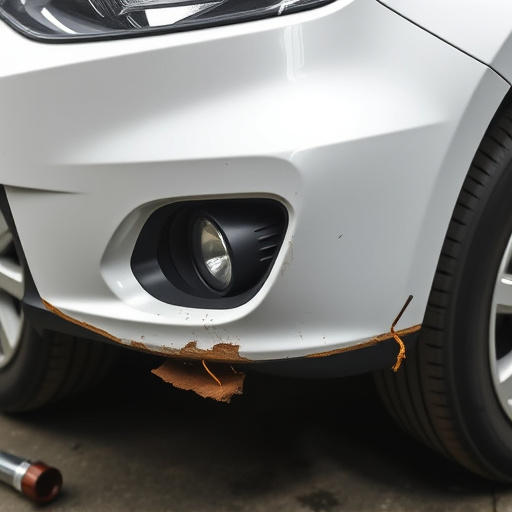
After a Tesla undergoes repairs, especially those involving complex systems like the electrical and software components, performing a Tesla performance calibration is crucial. This process ensures that all systems are functioning optimally, delivering the same level of performance and efficiency that Tesla vehicles are renowned for. Without proper calibration, even minor adjustments might impact acceleration, top speed, and overall driving dynamics, leading to an inconsistent and potentially unsafe experience.
Best practices for post-repair Tesla performance calibration involve utilizing specialized diagnostic tools and software designed specifically for Tesla vehicles. Certified Tesla technicians should perform a thorough check, verifying engine parameters, transmission settings, brake calibrations, and suspension configurations. This meticulous process involves running various diagnostics tests and making precise adjustments to ensure the vehicle’s systems work in harmony. By adhering to these practices, owners can expect their Teslas to return to their peak performance, ensuring a thrilling and safe driving experience on the road.
Tesla performance calibration is not just an optional tweak; it’s a critical step after any repair, big or small. Understanding the dynamics of your vehicle and ensuring accuracy in performance metrics post-repair can significantly enhance safety, driving experience, and overall satisfaction with your electric vehicle. By adopting best practices for Tesla performance calibration, you can harness the full potential of your car, maintaining both its efficiency and agility on the road.
